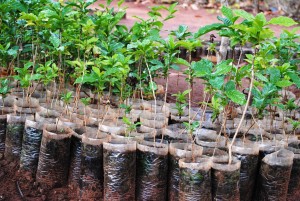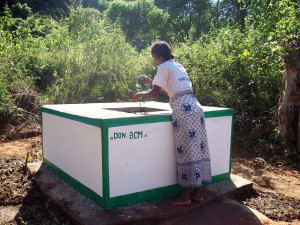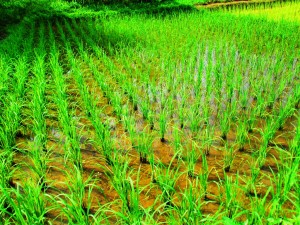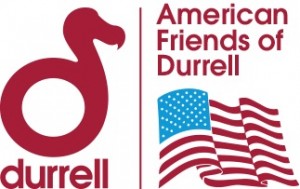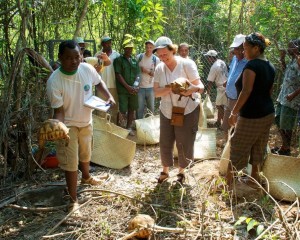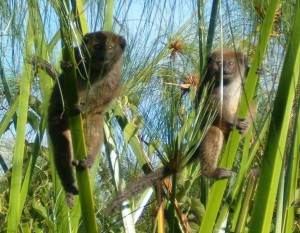Dahari
What We Do
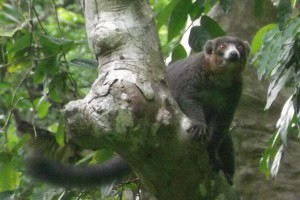
How We Protect Lemurs And Other Wildlife
Since November 2014, Dahari has been undertaking a research project on the Mongoose Lemur (Eulemur mongoz). This project aims to compare the genetic material of the mongoose lemurs of Madagascar and of Anjouan (Comoros) to find out whether the genetic diversity of the two populations is sufficient to ensure the species’ survival.
This initiative – being undertaken in partnership with the Madagascar Biodiversity Partnership and Omaha’s Henry Doorly Zoo and Aquarium and funded by Conservation International, the Primate Action Fund, and the Margot Marsh biodiversity fund – will help determine the best way to target conservation programs for this species. Further research and conservation programs will be identified once this initial research has been completed.
What Lemur Species We Protect
Dahari undertakes habitat protection and ecotourism work in the Moya forest area on the southern island of Anjouan. Here, the organization has been working to protect the Mongoose Lemur (Eulemur mongoz) since November 2014.
How We Support Local Communities

Agricultural work
Since 2008, Dahari has supported over 2500 farmers in nine villages around the Moya forest in the south of Anjouan to improve their agricultural yields and revenues. We propose techniques that restore and maintain fertility to improve yields in the long-term, whilst also making agricultural practices more compatible with forest conservation. We are fortunate to benefit from the technical support of the Centre International pour la Recherche Agronomique pour le Développement (CIRAD) on our rural development work.
Participatory conservation of the Livingstone’s fruit bat
Since September 2014, Dahari has been running a conservation program for the Livingstone fruit bat (Pteropus livingstonii), an endangered species endemic to Anjouan and Moheli islands in the Comoros. The conservation program is implemented in partnership with local communities in order to protect the roost sites of the bat. This is realised by finding solutions that allow the villagers and the Livingstone’s fruit bat to live alongside each other, without the needs of one hindering those of the other.
Supporting communities with water management and reforestation
The Comoros suffered from the highest rate of deforestation in the world between 2000 and 2010 according to UN figures. This has had a huge impact on soil fertility and water availability – 30 of 45 permanent rivers on Anjouan now flow intermittently. Dahari is therefore developing a reforestation program and a water management project in partnership with local communities on the island of Anjouan.

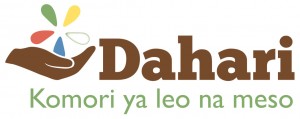
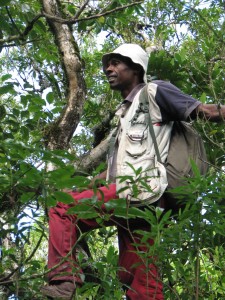
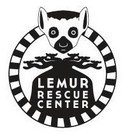
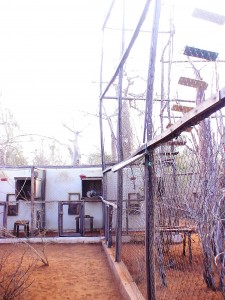

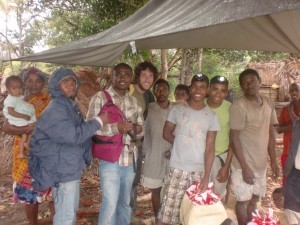
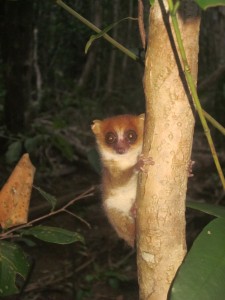
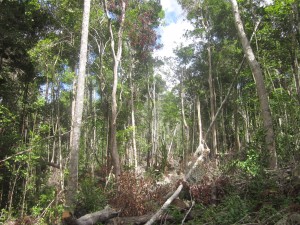
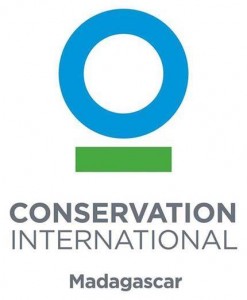
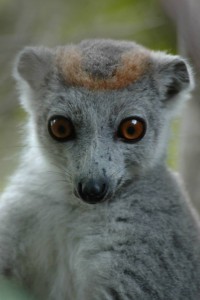
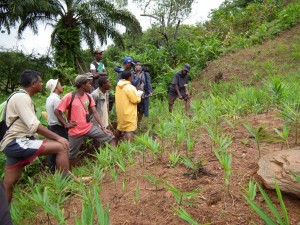
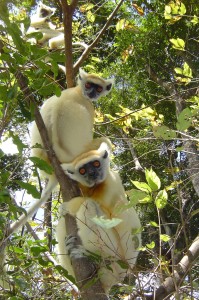

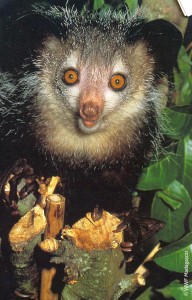
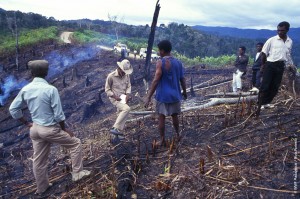

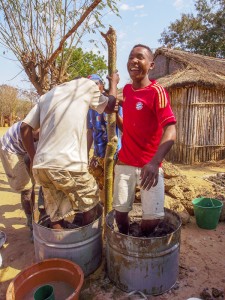 Chances for Nature spread, communicate, and promote sustainable natural resource use techniques as well as raise awareness for Madagascar’s extraordinary biodiversity. We achieve these goals through outreach, education and capacity building in small villages in rural Madagascar. Chances for Nature currently focuses many of its efforts in Central Menabe (west Madagascar), but does not limit its education initiatives to just this region.
Chances for Nature spread, communicate, and promote sustainable natural resource use techniques as well as raise awareness for Madagascar’s extraordinary biodiversity. We achieve these goals through outreach, education and capacity building in small villages in rural Madagascar. Chances for Nature currently focuses many of its efforts in Central Menabe (west Madagascar), but does not limit its education initiatives to just this region.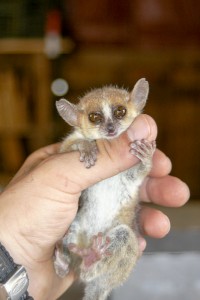 The area where we have focused many of our efforts, in west Madagascar, is home to the largest remaining dry deciduous forest of Western Madagascar. This unique ecosystem is home to high floral and faunal diversity, including the world’s smallest primate: Madame Berthe’s mouse lemur (Microcebus berthae).
The area where we have focused many of our efforts, in west Madagascar, is home to the largest remaining dry deciduous forest of Western Madagascar. This unique ecosystem is home to high floral and faunal diversity, including the world’s smallest primate: Madame Berthe’s mouse lemur (Microcebus berthae).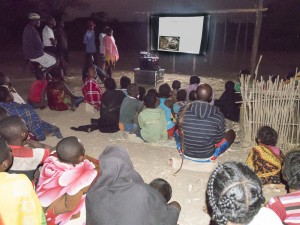 We use Malagasy-language multimedia presentations and films to promote sustainable use of natural resources. In 2013, we produced a film designed to illustrate the uniqueness of Madagascar’s biodiversity; the film also explained the consequences of unsustainable use of natural resources and presented three alternative sustainable techniques and behaviors that could be used to improve the lives of local people while reducing natural resource depletion. This film, as well as other multimedia presentations, reached Malagasy communities in 2013 and 2014 through the help of a mobile cinema. This mobile cinema works exclusively through pedal (bicycle) power and thus reaches a large amount of people – even in remote areas without electricity. The cinema was even used to raise awareness and supplement environmental education in several Malagasy schools.
We use Malagasy-language multimedia presentations and films to promote sustainable use of natural resources. In 2013, we produced a film designed to illustrate the uniqueness of Madagascar’s biodiversity; the film also explained the consequences of unsustainable use of natural resources and presented three alternative sustainable techniques and behaviors that could be used to improve the lives of local people while reducing natural resource depletion. This film, as well as other multimedia presentations, reached Malagasy communities in 2013 and 2014 through the help of a mobile cinema. This mobile cinema works exclusively through pedal (bicycle) power and thus reaches a large amount of people – even in remote areas without electricity. The cinema was even used to raise awareness and supplement environmental education in several Malagasy schools.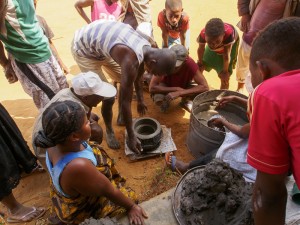 As 80% of the energy consumption in Madagascar is used for cooking, the use of environmentally-friendly stoves can have a positive impact on habitat protection. Our approach combines environmental education, the promotion of sustainable techniques and behaviors, and modern media which has turned out to be very successful and motivated two communities to build and use the stoves.
As 80% of the energy consumption in Madagascar is used for cooking, the use of environmentally-friendly stoves can have a positive impact on habitat protection. Our approach combines environmental education, the promotion of sustainable techniques and behaviors, and modern media which has turned out to be very successful and motivated two communities to build and use the stoves.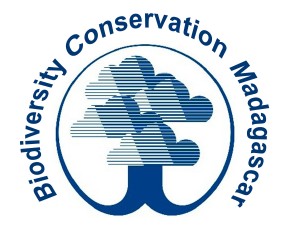
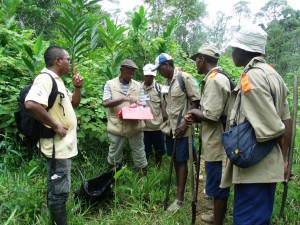 Biodiversity Conservation Madagascar (BCM) was established in 2002 as the conservation arm of Bioculture (Mauritius) Ltd. Our main goals are to conserve threatened forests in east and west Madagascar that are of high biodiversity value, especially those rich in lemur species. We currently work in the 2,400 hectare lowland rainforest in Sahafina (East Madagascar) and the Beanka dry deciduous forest in the Maintirano region (West Madagascar).
Biodiversity Conservation Madagascar (BCM) was established in 2002 as the conservation arm of Bioculture (Mauritius) Ltd. Our main goals are to conserve threatened forests in east and west Madagascar that are of high biodiversity value, especially those rich in lemur species. We currently work in the 2,400 hectare lowland rainforest in Sahafina (East Madagascar) and the Beanka dry deciduous forest in the Maintirano region (West Madagascar).